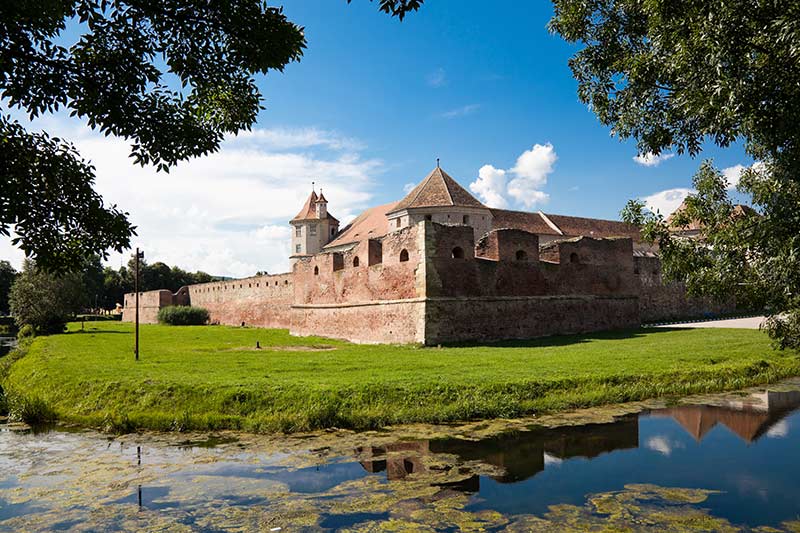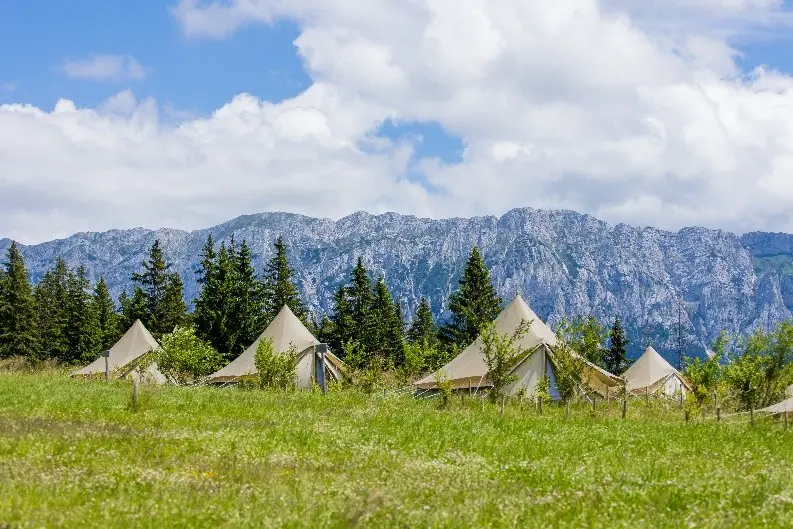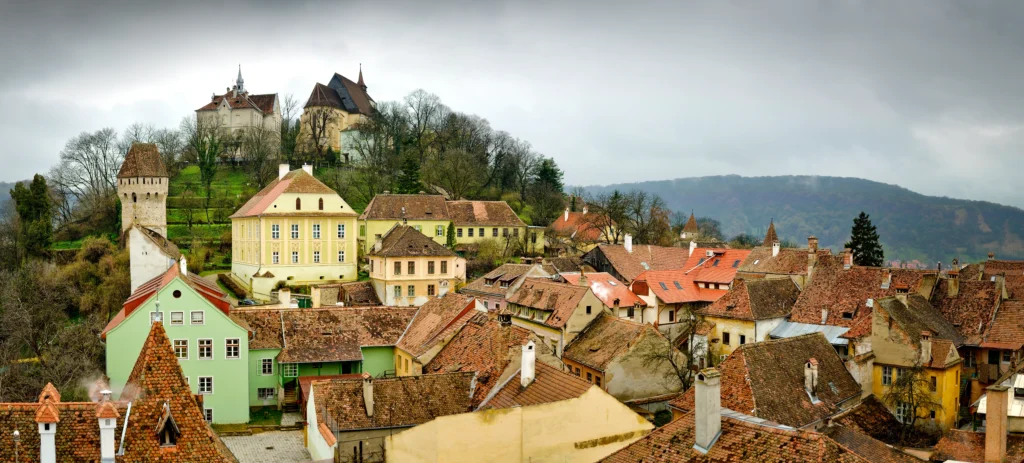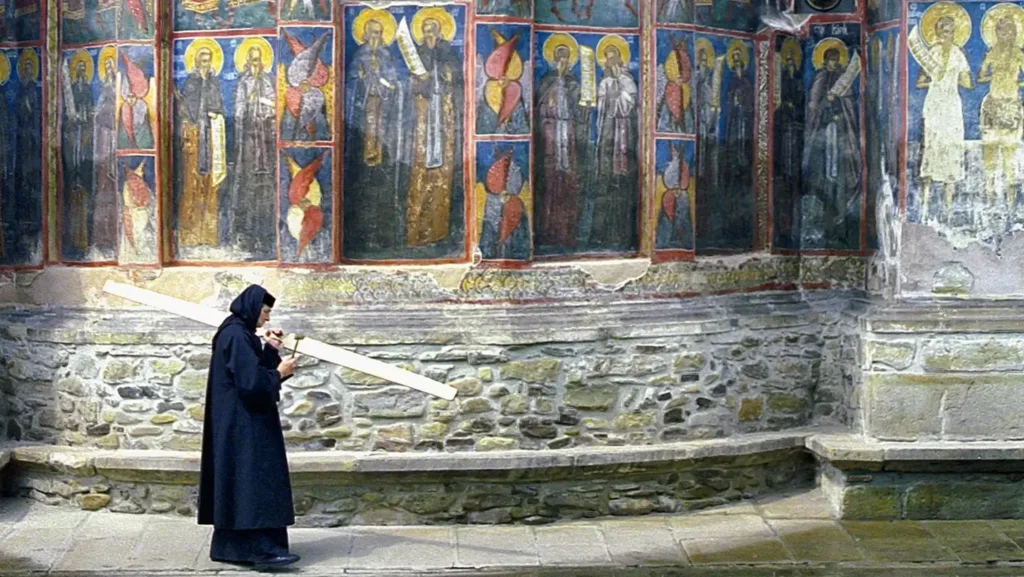Chapters
The result of centuries of transformations, the Fagaras Fortress is nowadays one of the best conserved feudal monuments in Romania and also in Europe. The Fagaras Fortress is surrounded by two sets of walls and a moat, which is why it has never been conquered.
Being one of the numerous medieval castles in Romania, Fagaras Fortress has a history that is closely tied to the history of the country and to the establishment of the first medieval states on the territory. A residence of Transylvanian rulers, the citadel was built in the 16th century, on the ruins of a castle destroyed by fire. The fortress is surrounded by two rows of walls, the space between them being filled with earth; the result is one sturdy eight-meter thick wall. The defensive system also includes a moat around the fortification. All armed attacks on the fortress were unsuccessful, its eventual downfall coming as a result of inside treason.
The existence of the Fagaras fortress favored the early development of the guilds, particularly those of the tanners and of the potters. At the same time, it became an important political center with Diets being held there. The fortress functioned mainly as a residential home to its prince-owners and high dignitaries together with their families.
Records show that its interiors must have been luxurious in the 17th century. Some of its former glamors have been preserved to the day. The castle was deprived of its decorations and fancy furniture when it was turned into a military garrison (18th century). In 1948, the Fagaras Fortress was taken over by the communists and became a dreadful political prison.

Fagaras fortress – a place where history is alive
Since 1954, the castle has housed the Museum of Fagaras County. It comprises sections of archaeology, which render the evolution of the Fagaras borough; sections of history, which display Roman artifacts and a collection of medieval weapons, ethnographic sections, which focus on artistic and folk crafts in the area and also a beautiful collection of glass painted icons.
The Citadel has 85 rooms, one of them being the torture chamber, still preserving the most infamous (but most likely never actually used) torture instrument in Europe, the Iron Maiden. During the restoration works, a tunnel was discovered, along with a disturbing historical fact: in the old days, the criminals and traitors sentenced to death were buried inside the fortress walls.
Today, the Fagaras Fortress is also the location of a music festival, Murmur.
Visiting hours:
Monday – closed
Tuesday – Friday 8.00 – 18.00
Saturday – Sunday 10.00 – 18.00
Last entrance: 17:00
Ticket Prices:
ADULTS – 30 lei.
PUPILS, STUDENTS – 10 lei.
SENIORS- 15 lei.
Seniors admission is valid for people over 65 years. Students and pupils require displaying their Student ID.





